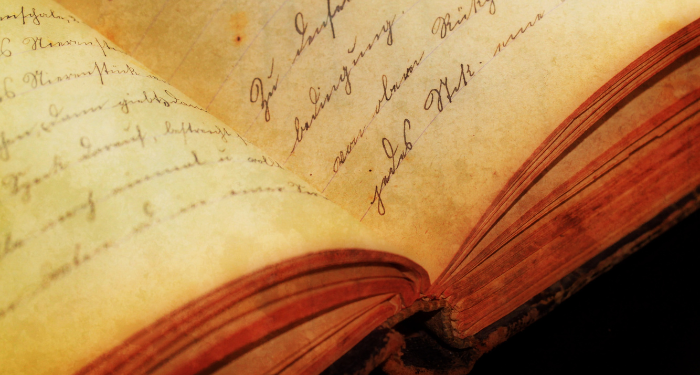

Books and other media are discussed as if they exist in an "eternal present" — Elizabeth Bennet lives in Hertfordshire, not lived. But why?
Grace Lapointe Dec 20, 2022This content contains affiliate links. When you buy through these links, we may earn an affiliate commission.
Grace Lapointe’s fiction has been published in Kaleidoscope, Deaf Poets Society, Mobius: The Journal of Social Change, and is forthcoming in Corporeal Lit Mag. Her essays and poetry have been published in Wordgathering. Her stories and essays—including ones that she wrote as a college student—have been taught in college courses and cited in books and dissertations. More of her work is at https://gracelapointe.wordpress.com, Medium, and Ao3.
At a literary site like Book Riot, we typically describe events in fiction in present tense, as if they are happening now. This is called literary present tense and is used regardless of the tense in which the text is written. Pride and Prejudice is written in past tense, but to describe the novel, I’d say, “Elizabeth Bennet lives in Hertfordshire.” Literary present tense may seem baffling because many books take place over a long period. Many novels are written primarily in the past tense or switch between tenses. Literary present tense makes discussions of books less confusing and keeps them fresh and relevant.
Why use literary present tense? This guide from Vanderbilt University explains: “Literary works, paintings, films, and other artistic creations are assumed to exist in an eternal present.” Annotated editions aside, most books don’t change much — if at all — after they’re published. People can reread passages or re-watch TV or movie scenes at any time. Even though it doesn’t change over time, the action is treated as ongoing because it’s not dead or static. It’s a reminder that the text is still relevant to us and dynamic to the characters. Even when engaging with nonfiction, I write, “The author argues that…” A book may have been published a long time ago, but we can still analyze it and have new perspectives on it. Reviewers refer to what happens in a book, TV show, or movie, not what happened, making it seem more immediate.
The Vanderbilt page also points out that historical events, such as publication dates, should be referenced in past tense, while fictional events should be in present tense. As long as it’s clear which events are real and which are fictional, both tenses can even occur in the same sentence. For example: Janie Crawford is the protagonist of Their Eyes Were Watching God, published in 1937.
When quoting entire sentences and paragraphs, it’s typical to keep the original tense. Most writers alter the tense with brackets only when incorporating a quote into their own sentence. This keeps the entire sentence in the same tense.
Literary present tense is conventional in English departments, but it varies across other disciplines. My high school English teachers taught me to use it, and my English professors confirmed it. So, I’m writing from my own experience as a writer with a BA in English. The Modern Language Association’s style guide gives many helpful examples of literary present tense. Most academic essays in English courses are written in MLA style, so this is stylistically consistent. Historians, in contrast, often prefer to describe all historical texts in the past tense.